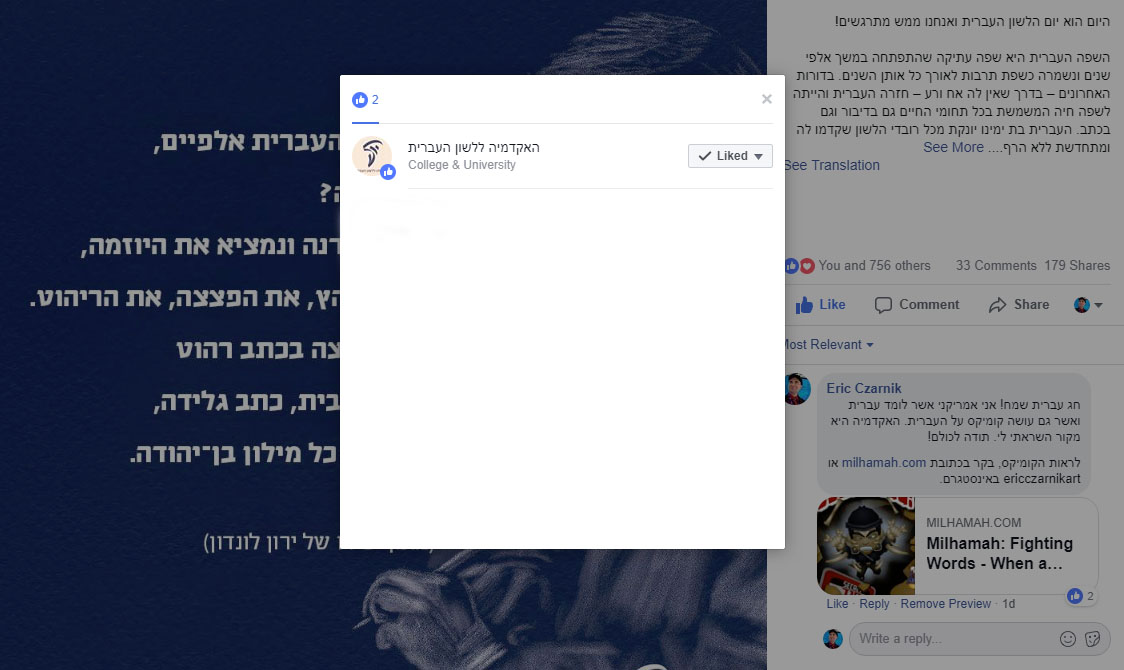
After learning about Semitic languages in November, our journey through the Joüon and Muraoka book continues. This time we’re going specifically through the history of ancient Hebrew.
Biblical Hebrew is fairly consistent throughout the centuries. The Bible’s writers, from earliest to latest, differ most in vocabulary. Some of the syntax also evolves, though it’s not that significant. Morphology, or word formation, changed the least due to stable consonants.
However, Joüon and Muraoka point out that the following Mishnaic Hebrew era strays farther from the biblical style conventions. However, they speculate that some Mishnaic-era writers still wanted to write in the Bible’s older style and format.
And they say Mishnaic Hebrew started to form after most of the Tanakh (Old Testament) was finished. The Mishnaic era also covers the period of the Dead Sea Scrolls and Jesus.
Joüon and Muraoka divide the biblical language into two eras: a “golden age” before the Babylonian exile and an era afterward. The authors acknowledge that some scholars think the entire Bible was basically written after the exile. But Joüon and Muraoka point out linguistic differences, such as the Bible’s later books spelling “Jerusalem” and “David” in a way earlier biblical books didn’t.
Hebrew’s relationship to ‘Milhamah’
The “Milhamah” webcomic doesn’t glean too much from this history. However, the character of ‘Aravah ‘Ivrit, whom I unveiled last week for Hebrew Language Day, embodies the language. Some of the details are in that post.
My art drew quite a few people from Facebook to this website. I even earned a Facebook like from the Academy of the Hebrew Language, which chiefly promotes the holiday in honor of Hebrew revivalist Eliezer Ben-Yehuda. Their resources are a great help to my comic research, and I let them know that.
All in all, it’s not a bad way to end the year!







You must be logged in to post a comment.